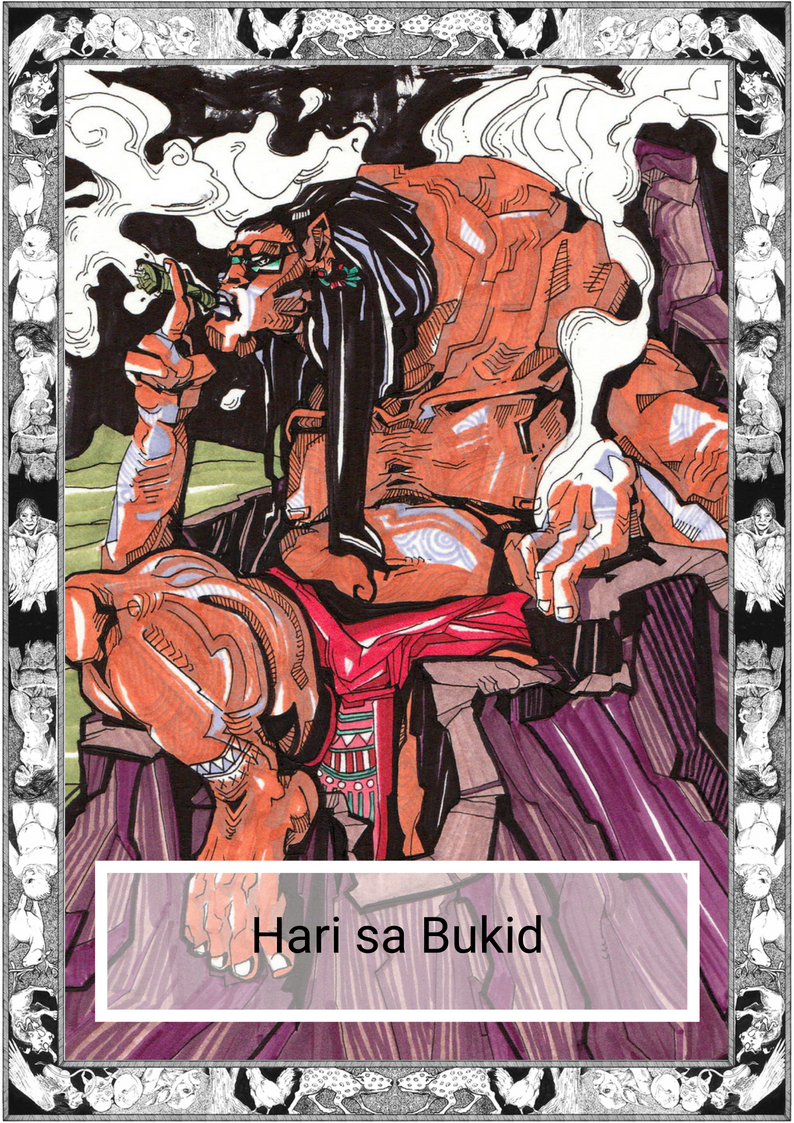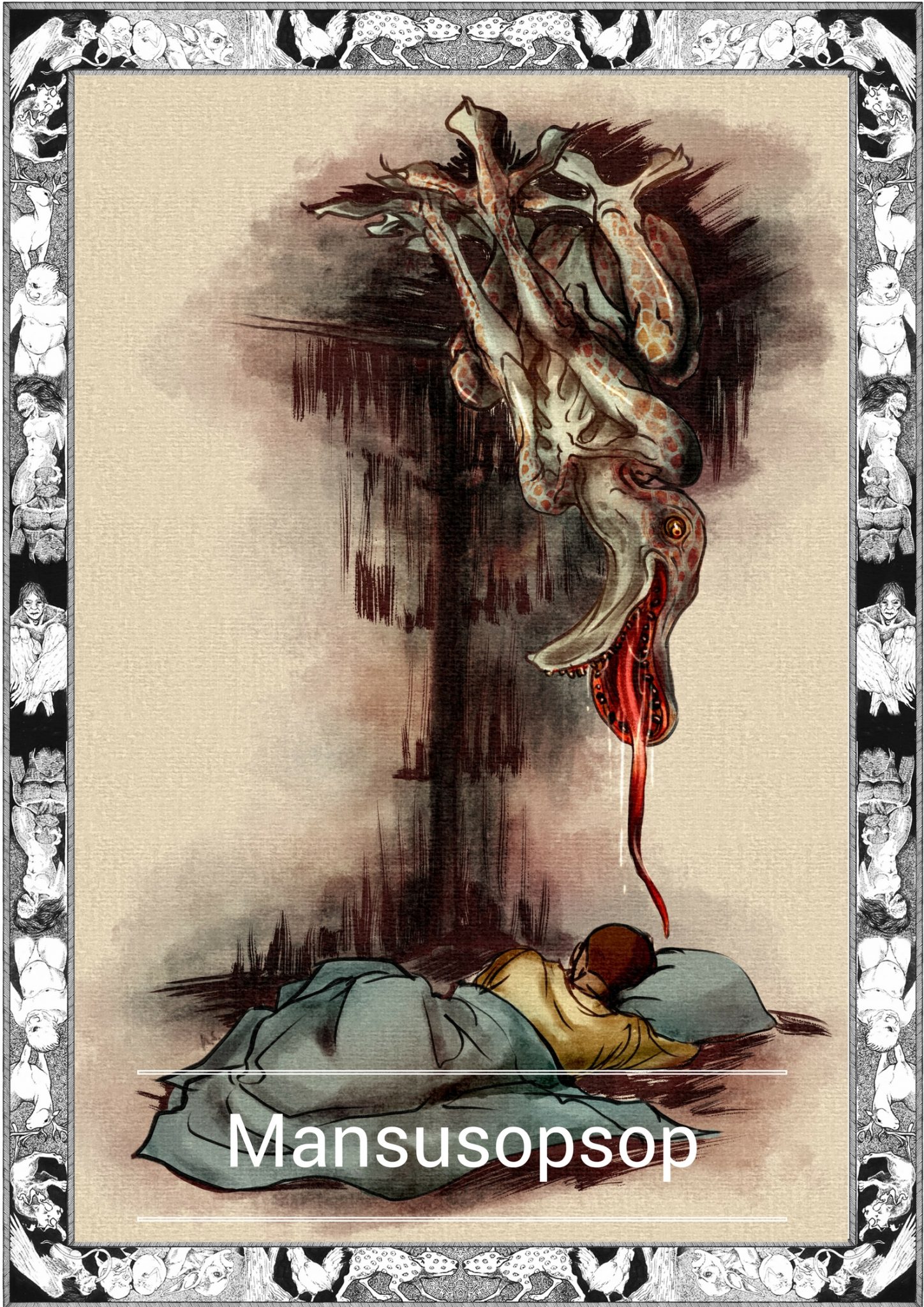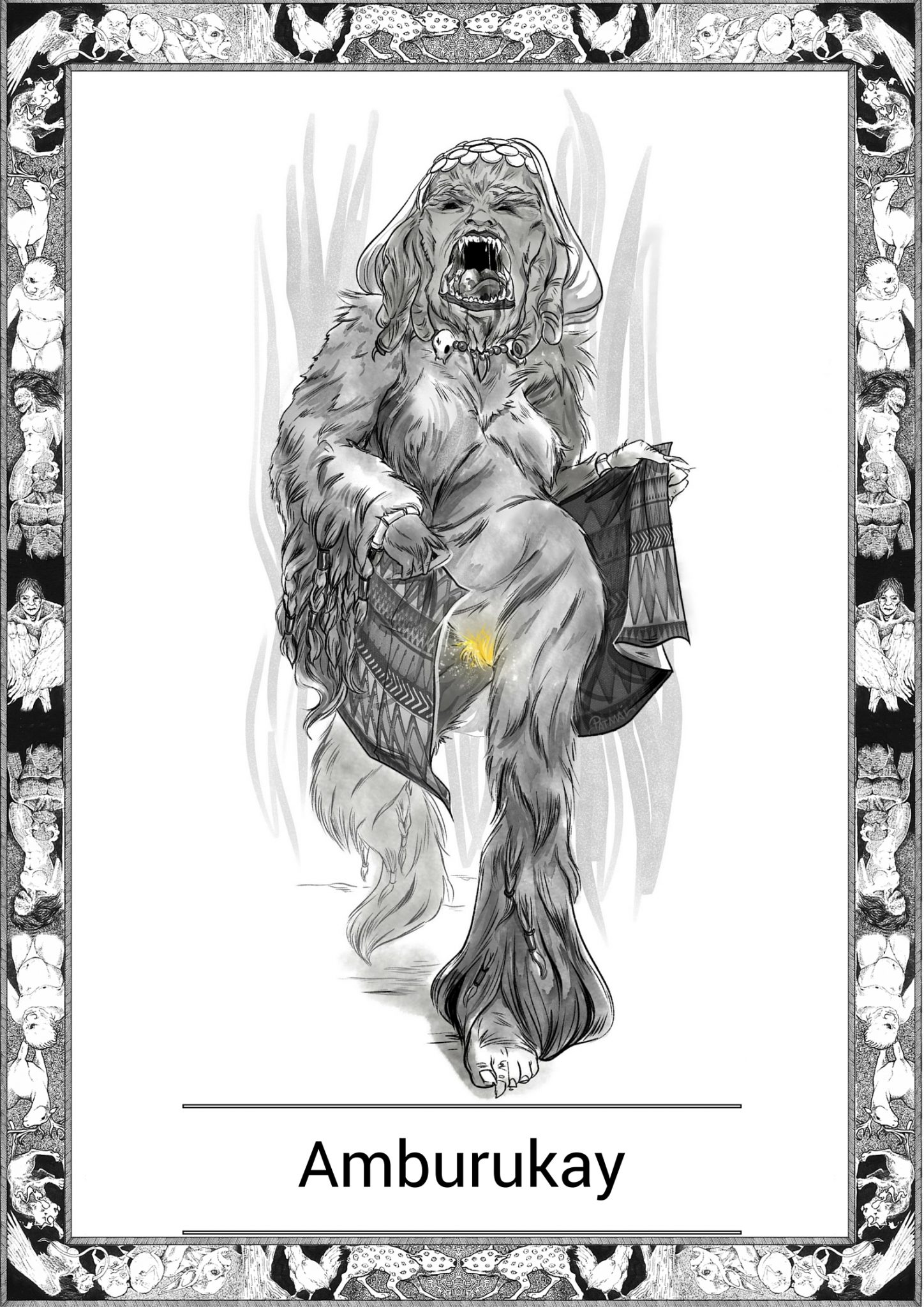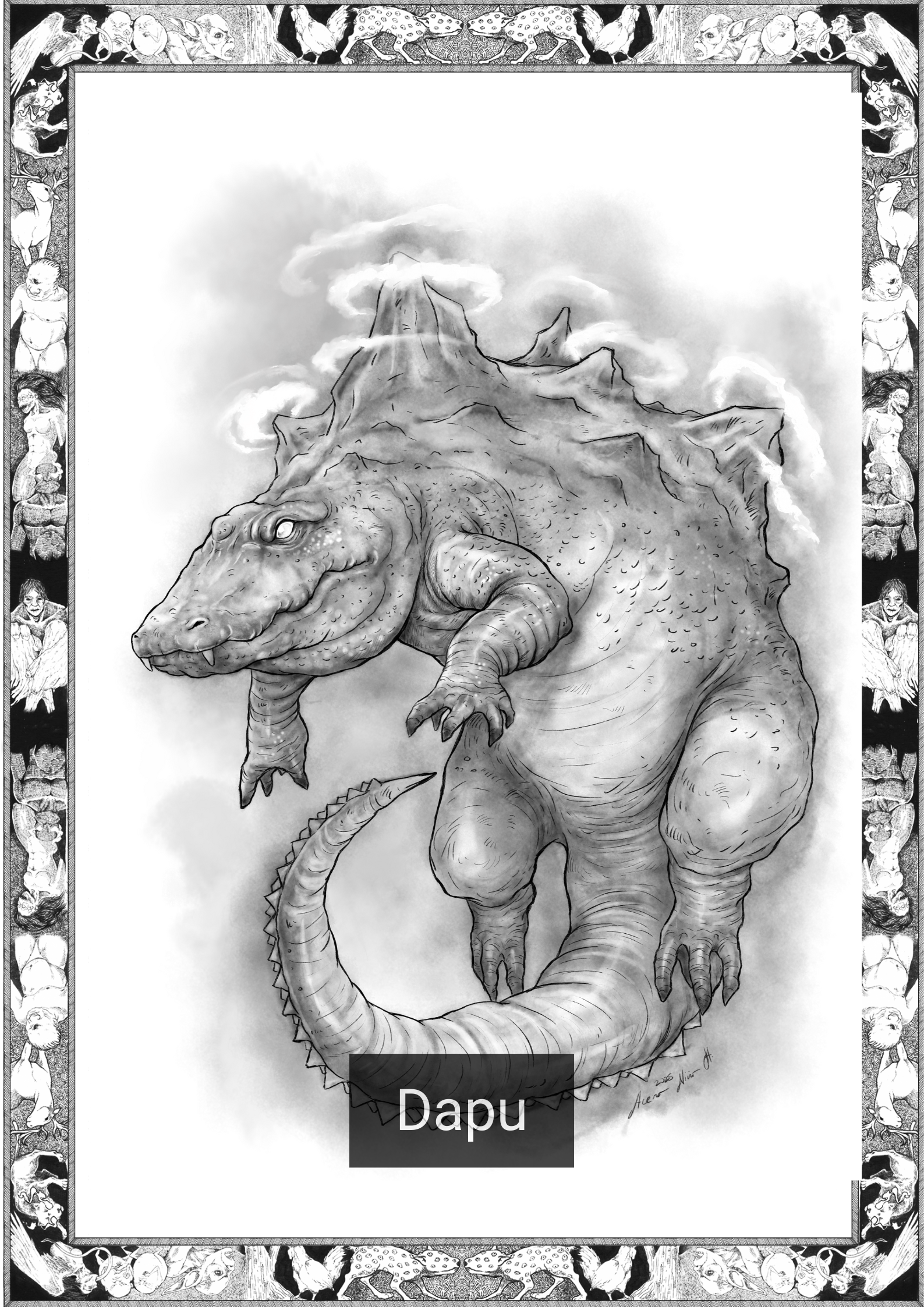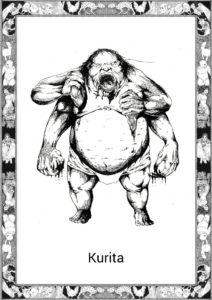
*Note this story is in Cebuano
Giila siya sa pangalang Sulayman, gikan sa layong babayon sa yuta sa bulawanong pagsalop sa adlaw para iluwas ang yuta sa Mindanao gikan sa kapungot sa upat ka makalisang nga mga binuhatan.
Una mao si Kurita, usa ka binuhatan gikan sa yuta ug dagat, nga maong hinungdan sa kalaglagan sa bukid asa mitubo ang mga rattan.
Nilupad si Sulayman babaw sa bukid apan wala makakita ug bisan usa nga buhi. Ang mga balangay ug mga kalasangan nahilum.
Sa dihang gahilak siya sa kasubo sa gun-ob nga iyang nakita, nagpakita si Kurita gikan sa yuta ug giabot si Sulayman.
Sa pagkahibalo nga kini mao ang binuhatan nga nanghasi sa mga balangay, wala nagduha-duha si Sulayman nga makigsangka. Iyang gihulbot iyang espada.
Ang bukid dili hilum atong adlawa. Ang katapusang bagudlos ni Kurita madungog sa mga kalasangan.
Gihipos ni Sulayman iyang espada sa bayna ug milugsong sa sunod nga bukid.
=—————-=
English Version
His name was Sulayman, called from far across the sea in the land of the golden sunset to save the land of Mindanao from the wrath of four terrible creatures.
The first was Kurita, a creature of both land and sea, it chose to cause destruction on the mountain where the rattan grew.
Sulayman traveled through the air to the mountain and saw nothing alive. The villages and forests were silent.
As he cried out in sorrow at the devastation, Kurita rose from the ground and clawed at Sulayman.
Knowing that this was the creature that massacred the villages, Sulayman wasted no time in doing battle. He drew his sword.
The mountain was not silent that day. The Kurita’s final roar echoed through the empty forests.
Sulayman sheathed his sword and continued on to the next mountain.
=——————–=
*The Cebuano language, alternatively called Cebuan and also often colloquially albeit informally referred to by most of its speakers simply as Bisaya (“Visayan”, not to be confused with other Visayan languages nor Brunei Bisaya language), is an Austronesian regional language spoken in the Philippines by about 21 million people, mostly in Central Visayas, western parts of Eastern Visayas and most parts of Mindanao, most of whom belong to various Visayan ethnolingusitic groups, mainly the Cebuanos. It is the by far the most widely spoken of the Visayan languages, which are in turn part of wider the Philippine languages. The reference to the language as Bisaya is not encouraged anymore by linguists due to the many languages within the Visayan language group that may be confused with the term.
Written by Karl Gaverza
Cebuano Translation by Jane Danielle Fabula
Copyright © Karl Gaverza
Translation Copyright © Jane Danielle Fabula
Story adapted from:
‘Mythology of Mindanao’ in
Philippine Folklore Stories by Mabel Cook Cole. 1916.
Kurita Illustration by Leandro Geniston from Aklat ng mga Anito
FB: That Guy With A Pen

